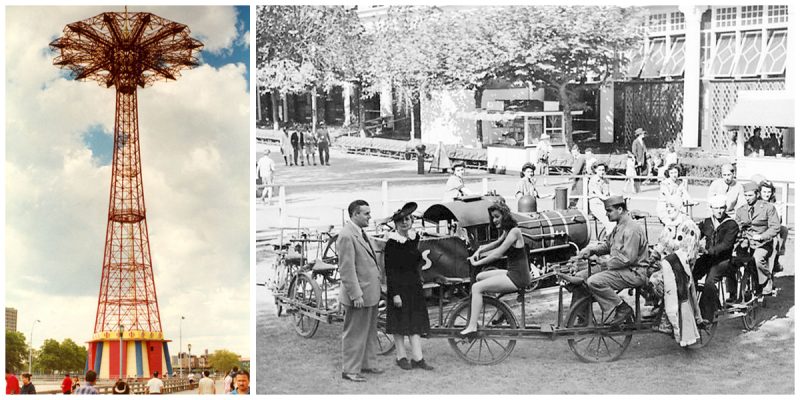Steeplechase Park was an amusement park in the Coney Island area of Brooklyn, New York created by a Coney Island resident George C. Tilyou (1862–1914) which operated from 1897 to 1964. George C. Tilyou was inspired by the Hugh Ferris’ famous wheel at the 1893 Columbian Exposition in Chicago. He decided to build his own on Coney Island, and one year later, in 1894, George Tilyou erected Coney’s first Ferris Wheel.
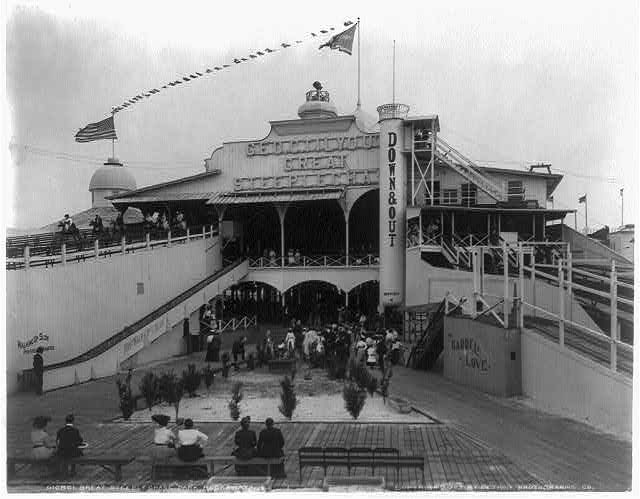
When the park opened, the main attraction was the simulated Steeplechase Horses. It featured an 1100-foot curved metal racetrack with double-saddled wooden horses on wheels and it operated using only gravity. Attendants were dressed as jockeys and buglers and he added realistic touches such as hurdles and a streambed. Steeplechase kept itself financially profitable because the Tilyou family were able to adapt the park to the changing times, bringing in new rides and new amusements.
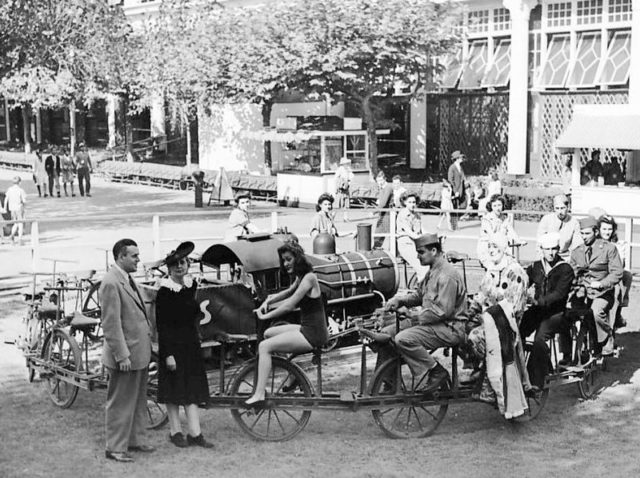
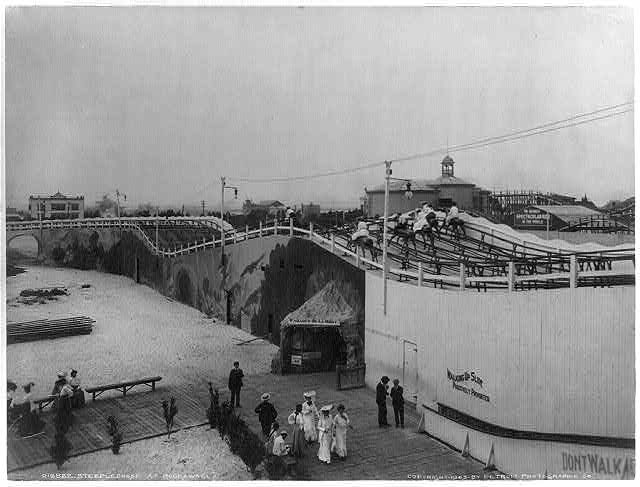
Over the next couple of years, Tilyou added an Aerial Slide, an imported Bicycle Railroad, the Double Dip Chutes, miniature versions of the Eiffel Tower and Big Ben and many and more iconic amusements.
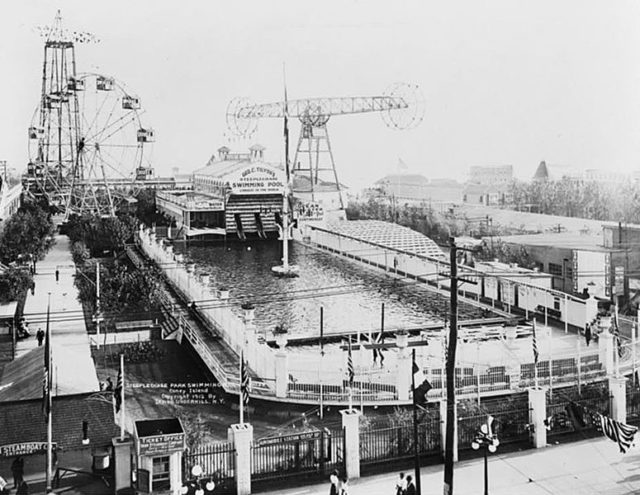
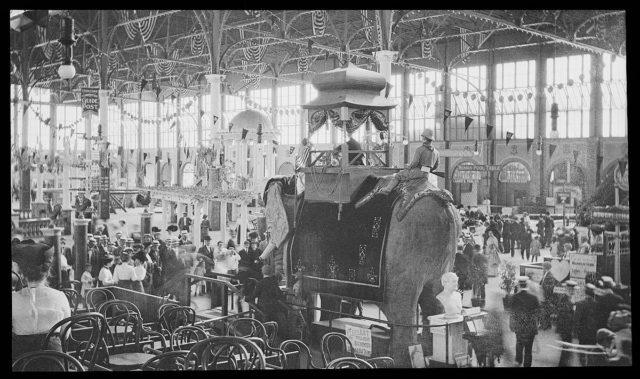
Unfortunately, Steeplechase was badly burned during a fire in the 1907 season which destroyed most of the park. A carelessly tossed cigarette into the wastebasket at the Cave of the Winds ignited a fire that wasn’t discovered until 4:00 am by a night watchman. George Tilyou rebuilt Steeplechase and it sustained a number of smaller fires that were common at the time in large public buildings.
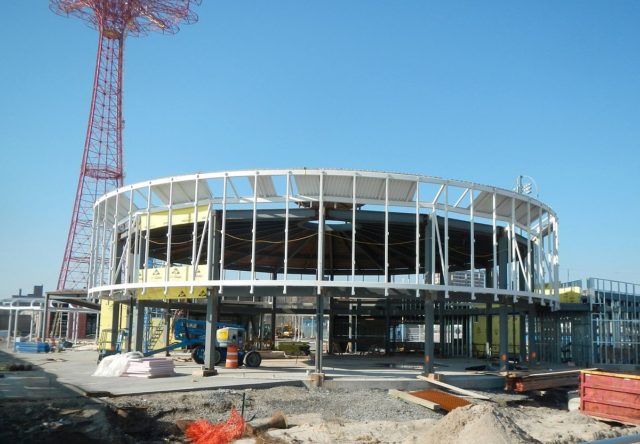
After George Tilyou’s death in 1914, the park was operated by his children and continued to entertain the masses for the next fifty years. Steeplechase Park proved to be the most venerable of the old Coney Island parks, surviving and remaining popular until its closure in 1964.
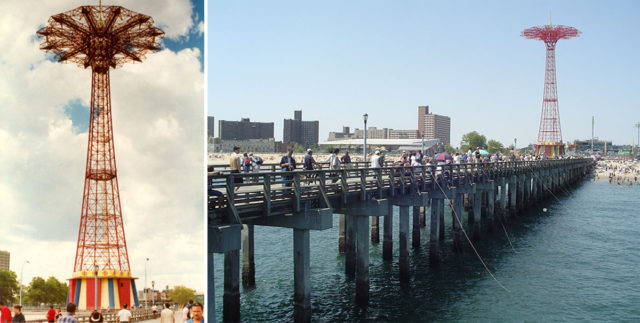
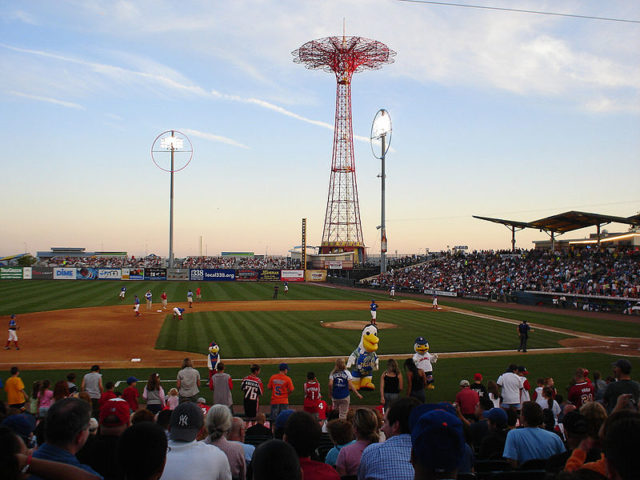
Today the old site of Steeplechase Park is occupied by MCU Park, a Minor league baseball stadium that is home to the New York Mets-affiliated Brooklyn Cyclones of the New York–Penn League. The only structure still standing that was once part of Steeplechase is the tall tower of the Parachute Jump. Because it was too expensive to tear down, the tower was declared a landmark in 1977, (added to the National Register of Historic Places) and the city took the unusual step of declaring it a landmark again in 1988.
